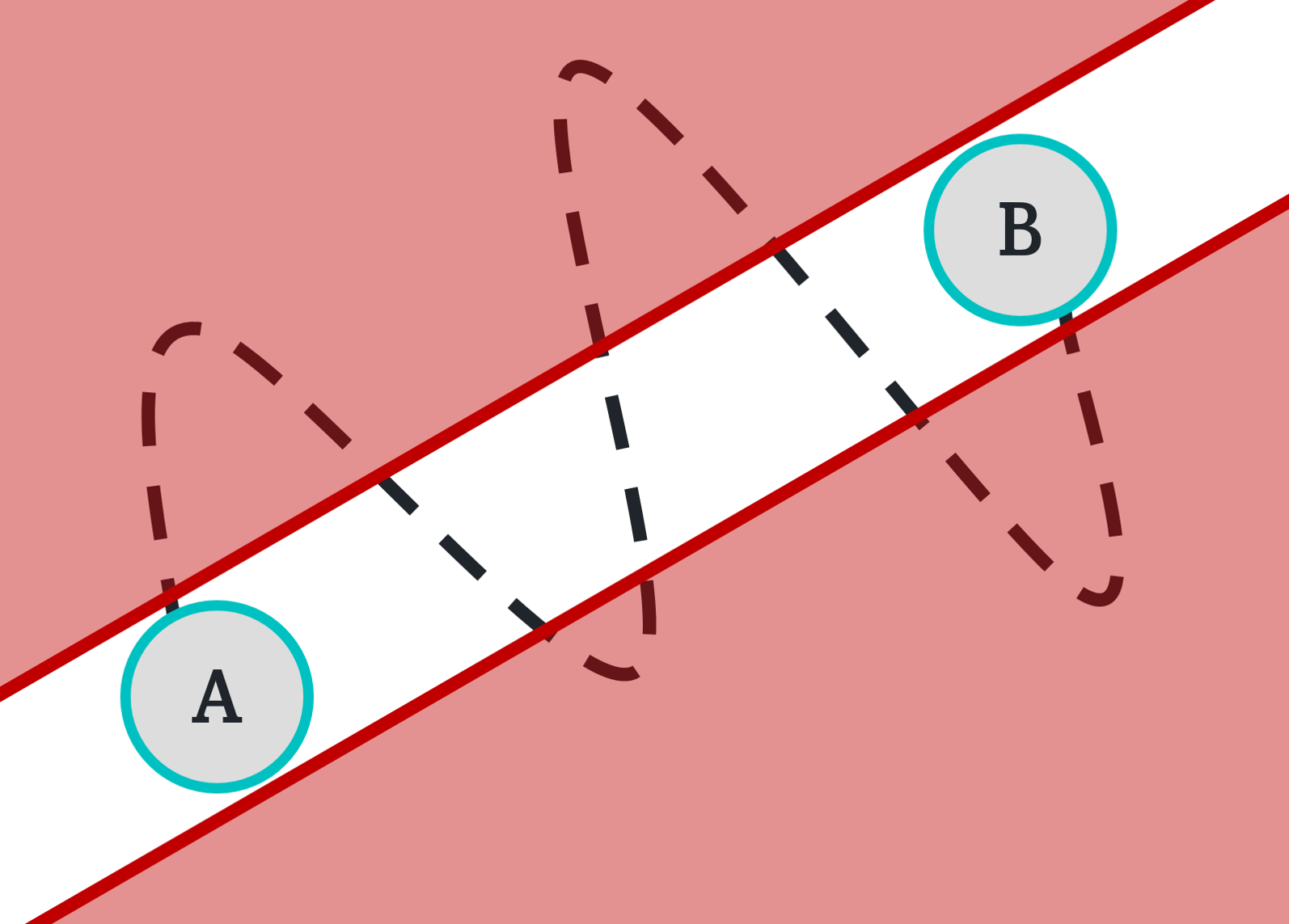Health, Other, Technical
Getting to the finish: Rapid prototyping for innovation
Innovation is a broad term, encompassing a great many things. Also, the paths to innovation are many and varied. We often forget about the different paths, the trials and errors, the learning processes and focus only on the victory that is the end result, the best of the best that makes it into consumers’ and clients’ hands.

Output vs. Process
Innovation is messy, a struggle. But we find consumers pay no attention to “the man behind the curtain” and focus only on the Great and Powerful Oz performing miracles before them.
We marvel at Usain Bolt crossing the 100m finish line in record times, not considering that to achieve something so incredible, there are processes involved. There are special diets, training regimes and outside support to consider.
I am passionate about innovation, fascinated by both the process and the final outcome. But how discouraging to find the hard work that has gone into achieving the shiny finished product to be so undervalued and overlooked.
Waste vs. Investment
The path to innovation is a journey from point A to point B, conception to completion. The diagram below illustrates a vital concept. We may think a quick, straight line from start to finish is the quickest, simplest, cheapest route.

But in reality, the wavy lines – the false starts and wrong turns – represent the journey to innovation. The curves are vital steps on the journey and should not be seen as waste. If you perceive everything straying outside the straight path as wasteful, you sabotage your own chances for success.
As a matter of fact, you don’t really know your destination when starting out. You may have a vague idea, but it becomes clearer as you take steps along your crucial journey.
Skipping steps to cut costs and save time could perhaps result in a neat, straight line to the wrong ‘B’. So make a mess, learn from the trials, get back on the right track and ultimately get it right.
Rapid prototyping in practice
IE Digital recently employed the practice of rapid prototyping with our project with Public Health England and NICE. The end goal was an endorsement process for health apps and we built a working, interactive, web-based demo. PHE was then able to use the demo with stakeholders and users, showing it to around 200 app developers at Tech UK. Having something tangible to show enabled PHE to generate lots of insightful feedback.
Running a project
I would recommend the Government Digital Service Design Manual as a starting point for any project, as it strongly encourages prototyping and iteration. It contains some comprehensive and pragmatic advice centred around the four stages of “Discovery, Alpha, Beta, Live”. The goal is to build quickly and test – you’re likely to discover the Alpha stage yields most of the action.
In any case, adopt an approach that will embrace, not fight iterative design and build. You’ll also need to set aside some budget for prototyping, making a case for investment versus waste.
Having varied skills on the team is like a magic bag of tricks and quite invaluable, and a capable, eager, techy designer on your team is a must. You’ll want quality people who can produce mockups and run user experience exercises.
Admittedly, these skills may not be easy to acquire, so an external consultant may be the solution, and you can find some of these – including IE – on Government procurement frameworks like G-Cloud and Digital Outcomes and Specialists.
Having something tangible to show enabled PHE to generate lots of insightful feedback.
Oliver Westmancott
Digital Strategy Director, IE


